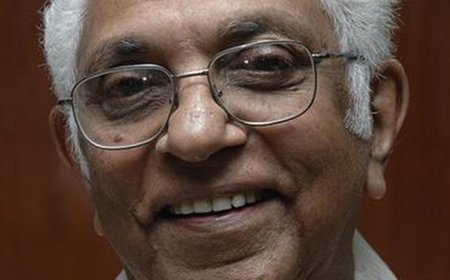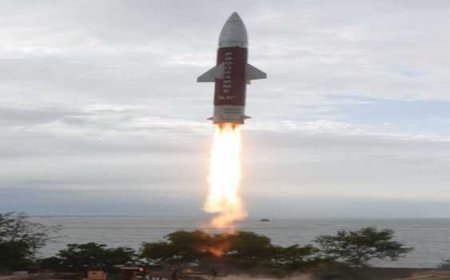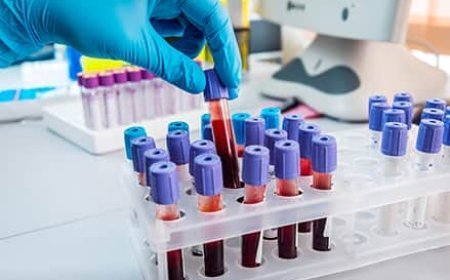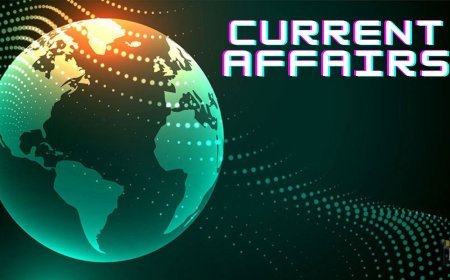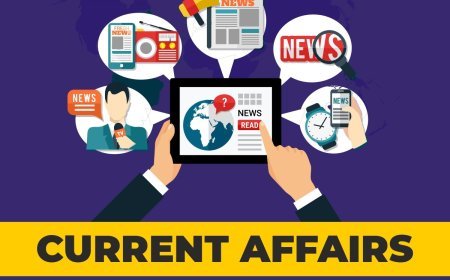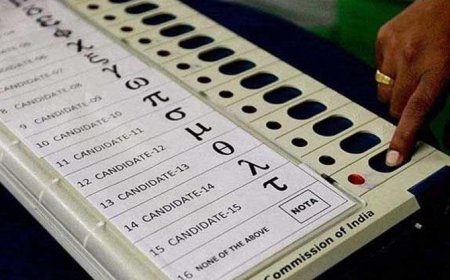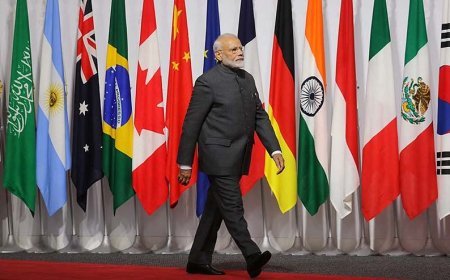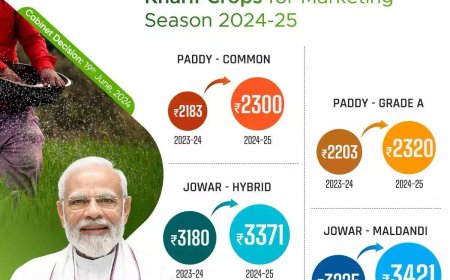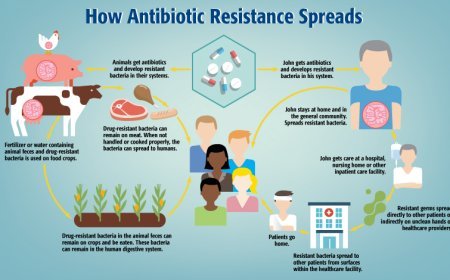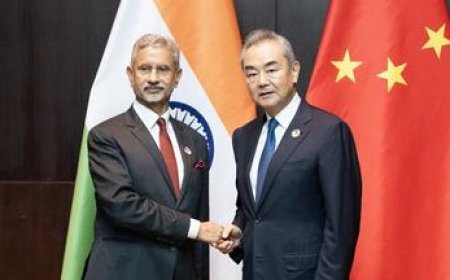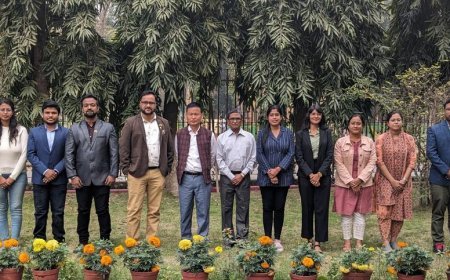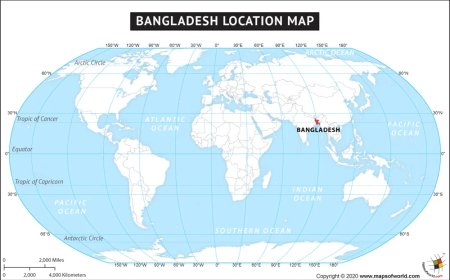UN reports nearly 40 million living with HIV in 2023, lack of treatment claims a life every minute

UN reports nearly 40 million living with HIV in 2023, lack of treatment claims a life every minute
In 2023, the global HIV epidemic continued to be a major public health challenge, with nearly 40 million people living with the virus. The United Nations' recent report highlighted critical issues, including a significant number of untreated cases and high mortality rates, with someone dying every minute from AIDS-related causes. While there have been advancements in treatment and prevention, the report emphasized that progress has slowed, and new infections are on the rise in several regions, including the Middle East, North Africa, Eastern Europe, Central Asia, and Latin America.
Progress and Challenges
While there have been strides in combating HIV/AIDS, progress has been inconsistent and uneven across different regions. The UNAIDS report pointed out that the global response has slowed, with declining funding and rising new infections in specific areas such as the Middle East, North Africa, Eastern Europe, Central Asia, and Latin America. In 2023, the number of new infections globally rose to 1.3 million, significantly above the target of fewer than 370,000 new infections by 2025. This highlights a critical gap between global goals and current realities.
Marginalized Communities and Gender Inequality
The report also emphasized the disproportionate impact of HIV on marginalized communities, including sex workers, men who have sex with men, and people who inject drugs. In 2023, these groups accounted for 55% of new infections, up from 45% in 2010. Gender inequality further exacerbates the situation, particularly among adolescents and young women in parts of Africa, who face an extraordinarily high incidence of HIV.
Access to Treatment
Access to treatment remains a crucial challenge. Although 86% of people living with HIV knew their status and 77% were accessing treatment, only 72% had achieved viral suppression. Newer treatments, such as injections that can stay in the body for six months, offer hope but are prohibitively expensive, costing around $40,000 per year. This is out of reach for many in low and middle-income countries, underscoring the need for more affordable treatment options.
Future Directions
The path forward involves bolstering the global HIV response with adequate resources and ensuring the protection of human rights for all. The UNAIDS Executive Director stressed the importance of maintaining the commitment to end the AIDS pandemic as a public health threat by 2030. This goal requires renewed focus on prevention, treatment access, and addressing the socio-economic factors that exacerbate the epidemic.
In summary, while the global community has made significant progress in the fight against HIV/AIDS, the challenges highlighted in 2023 underscore the need for sustained and targeted efforts to meet international goals and protect the most vulnerable populations. The upcoming International AIDS Conference will be crucial in addressing these issues and mobilizing global action.
What's Your Reaction?




































